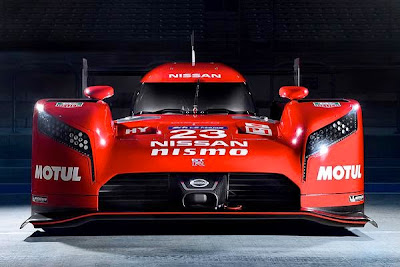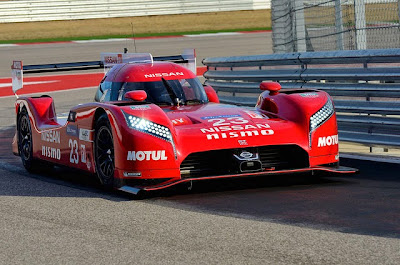Based on the Kia Soul, the Kia Trail’ster concept was unveiled at the Chicago motor show and combines a FWD turbocharged motor and a RWD electric drive system to provide all-wheel-drive.
"The Trail'ster concept is a near-future look at how the production Kia Soul would logically evolve into an AWD-capable version that's built to escape the city streets and roam into the mountain wilderness," said Tom Kearns, chief designer, Kia Design Centre of America (KDCA). "It takes the go-anywhere capability of an SUV and reimagines it within a compact and sporty package with an expressive design to match."
Based on the production Soul, the Trail'ster's overall shape and size are unmistakable. But with family genes tied closely to the thought-provoking Track'ster and Soul'ster concepts - which pushed Soul far into new directions to realise its performance and lifestyle possibilities - the Trail'ster also takes a dramatic departure from its production-car roots with styling and drivetrain components that turn Kia's popular urban passenger vehicle into a rugged runabout, further demonstrating that Soul is indeed the ideal platform for creativity and experimentation.
The Trail'ster is primarily powered by a 1.6-litre turbocharged 4-cylinder engine outputting 188 ps and 251 Nm of torque through a six-speed automatic transmission, matched to an electric all-wheel drive system on the rear axle intended for low-speed assist, enhanced launch acceleration and improved traction in inclement weather or off-road situations. This approach helps mitigate turbo lag by providing instant torque. The system also improves fuel economy over standard all-wheel drive setups by operating only when needed and serving as an energy recovery mechanism.
Further defining the near future perspective of Soul as a capable and efficient all-wheel drive runner, the Trail'ster arrives as a ‘Through-the-Road' hybrid, which means it has two power sources (a front gasoline engine and a rear electric motor) that make up the hybrid system and meet ‘through the road,' as opposed to inside the transmission with a common driveline connection. It requires all four wheels being driven in careful coordination, but there's no mechanical link between engine and electric motor. The link between the two is the road itself.
"This powertrain strategy of a downsized turbo and ‘Through-the-Road' hybrid power yields a dual benefit of increased performance - torque and traction - and optimised efficiency," said Kearns. "This is AWD being done the advanced, intelligent and responsible way, while sacrificing nothing." Should the Trail'ster find its way to production, fuel economy would be targeted at a 25-30 percent improvement in city driving and 5-10 percent in highway driving over the normally aspirated 2015 2.0-litre gasoline Soul.
The Trail'ster's electric propulsion system draws energy from a 1.2 kWh Lithium Ion Polymer battery powering a 27 kW, 270 volt AC synchronous permanent magnet electric motor outputting 36 ps and 100 pound-feet of torque to the rear wheels and bringing total output to an impressive 220 horses and 136 Nm of torque. To further improve fuel efficiency, the system also utilises a Hybrid Starter Generator (HSG) to start/stop the engine as needed (and to feed energy to the high voltage battery), and an electrically driven A/C compressor, which can run when the engine is shut off. This technology is designed for easy, lightweight packaging, with the compact battery pack stored under the cargo floor.
Operationally, the rear electric drive system engages in one of three scenarios, depending on throttle position and road conditions: Under light throttle, the Trail'ster attains true clean mobility as the electric motor drives the car solely for a range of two to three miles; under normal driving, the rear electric motor assists the 1.6-litre turbo during acceleration events calling for greater power and torque; when treading off-road or on wet pavement, the electric drive system is introduced when front wheel slippage is detected. Finally, the Trail'ster's electric motor acts as a generator to recover kinetic energy and recharge the battery when the vehicle is braking or coasting.
For traversing tough terrain, the Trail'ster has been raised more than two-and-a-half inches over the production Soul. In addition, this mountain rover wears Pirelli Winter Carving 245/45-19 snow tires for enhanced traction and utilises KSport coilover shocks to absorb the impact of rough, uneven ground and rocky surfaces.





.jpg)








